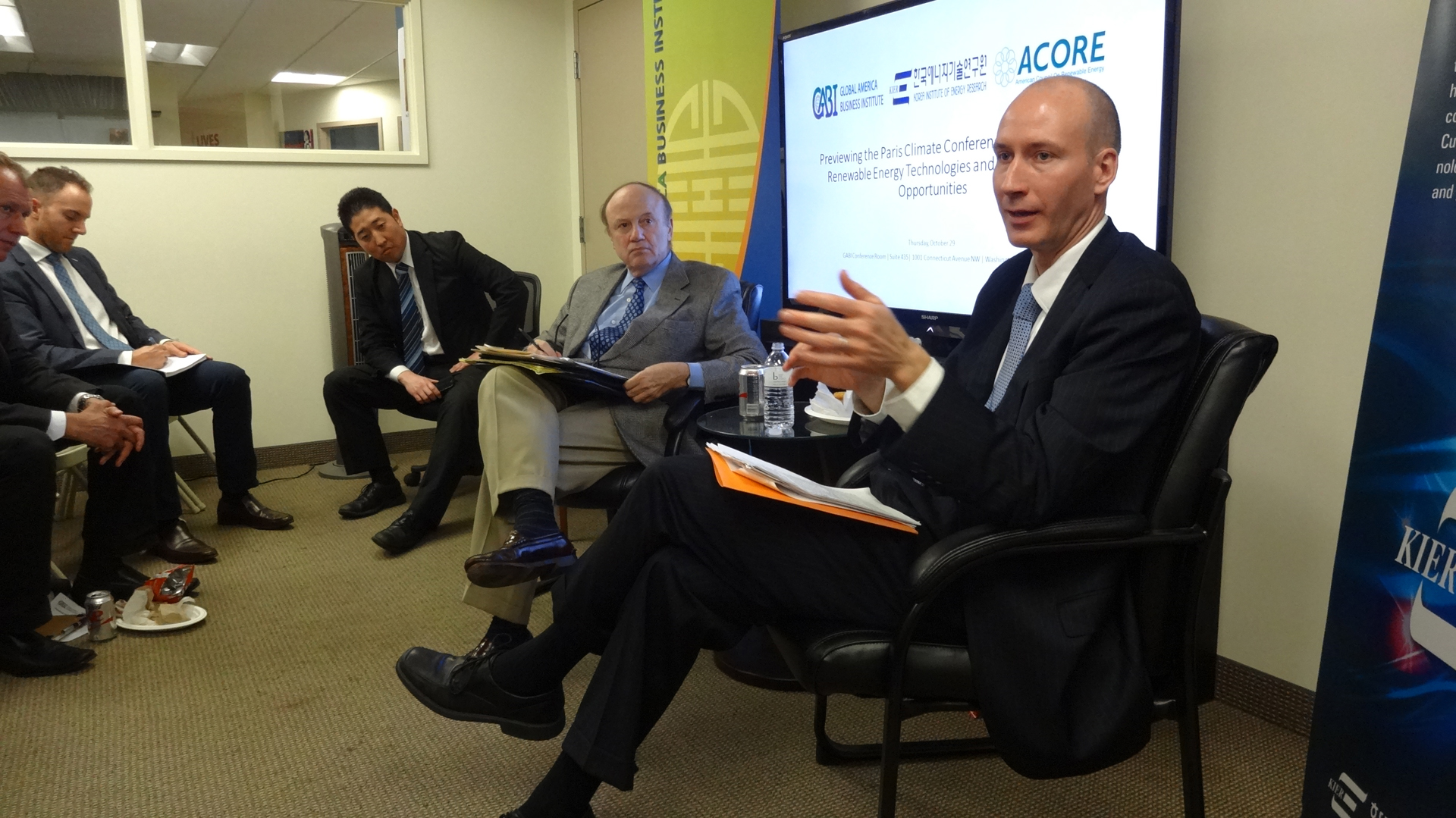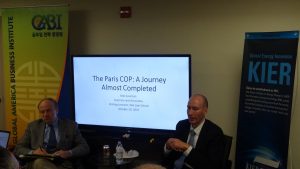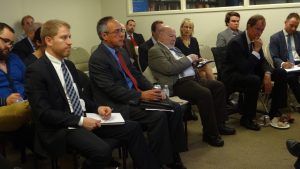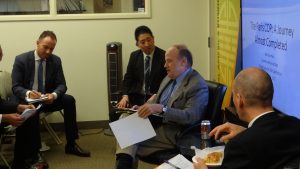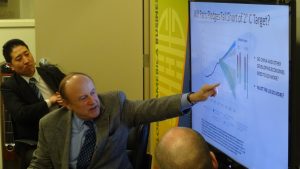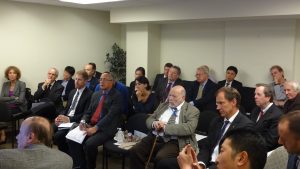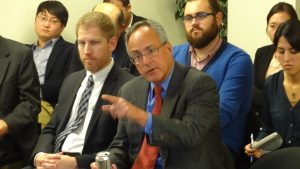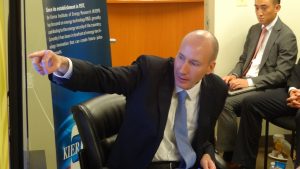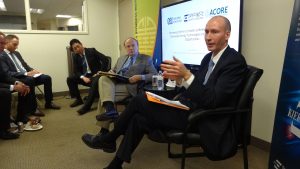In the lead-up to the Paris 2015 Climate Change Conference, there is considerable optimism that a durable and strong international climate agreement will materialize. Although the framework of Intended Nationally Determined Contributions (INDCs) faces some opposition, there is general acceptance of the INDC system, and the fact that the U.S. has come close to meeting its Copenhagen carbon reduction pledge of 17% has revitalized U.S. leadership in global climate efforts. It can be expected that the Paris Conference will yield a reaffirmation of the 2 degree target, initiatives to fully fund the Green Climate Fund (GCF), and stronger monitoring and reporting requirements. Perhaps most importantly, one of the primary objectives of the Paris Conference will be to seek various pathways towards regular updates of INDCs, as the current sum total of all reductions pledges made through INDC submissions is insufficient to meet the 2 degree goal. In addition to raising the bar on countries’ INDCs, significant challenges remain with regards to actually achieving INDC pledges—for instance, according to U.S. Chamber of Commerce figures, the U.S. is approximately 800 MMT of carbon emissions short of meeting its goal of 28% GHG emissions reductions by 2025. Measures to bolster financing for green energy projects, strengthen clean energy innovation, and encouraging renewable energy growth will be among the key factors in bridging the gap.
Previewing the Paris Climate Conference: The Role of Renewable Energy Technologies and Low Carbon Opportunities
By admin|2018-01-30T20:22:44-05:00October 29th, 2015|Categories: Clean Energy Forum and Seminars, New and Renewable Energy|0 Comments

